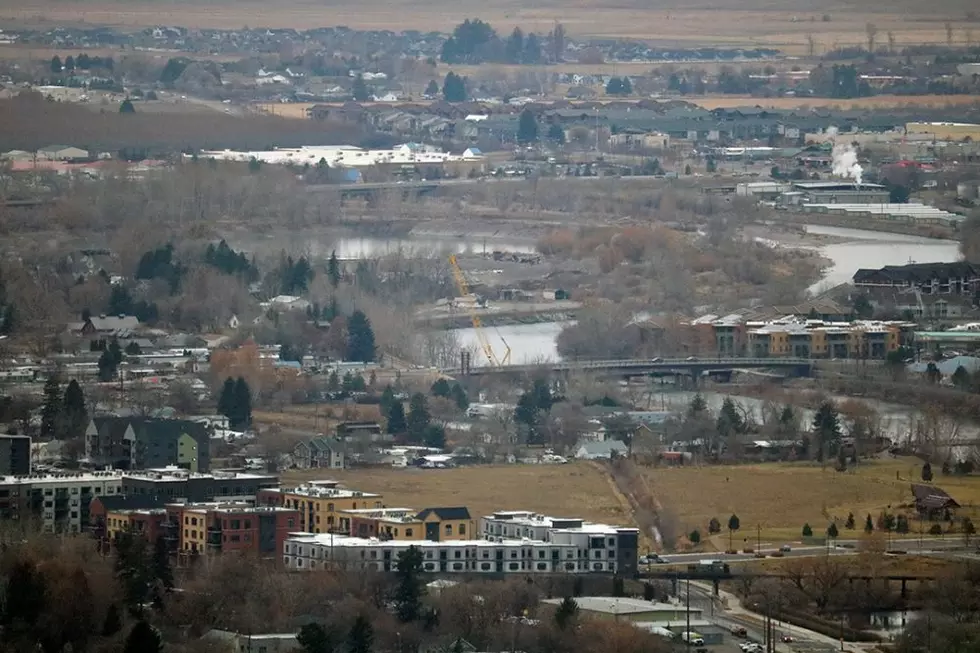
Missoula County exploring pros, cons of impact fees on new development
Missoula County took the first two steps this week in exploring the possibility of placing impact fees on new development to help cover the cost of services for the metropolitan area's growing population.
The process is regulated by state law and on Thursday, the county awarded a $75,000 contract to Tischler Bise to conduct the study. It followed later in the day by approving the appointment of an advisory committee to aid in the process.
“Impact fees in the state are very regulated,” said county CAO Chris Lounsbury. “They can only be applied to certain capital or infrastructure costs, and only to the expansion of services necessary for increasing population.”
Missoula's population growth of roughly 2% annually and the growing demand for housing has resulted in a subdivisions boom and a flurry of new housing projects. Both the South Hills and areas west of Reserve Street area experiencing rapid growth.
Both county and city officials have said that growth is placing pressure on existing services, from 9-11 to fire and road maintenance. Placing impact fees on new development are intended to help widen those costs and cover additional services.
“This is a recognition on our part that our population is growing and those new folks require services and it costs a lot of money to provide those services,” said Commissioner Josh Slotnick. “It's also a recognition that people feel quite – and are – overburdened with property taxes, and we need to be seeking other sources of revenue to provide services”
To explore whether impact fees could help cover the cost of additional growth, the county contracted Tischler Bise on Thursday to conduct the study. The firm will gather data on infrastructure costs, capital costs and the cost of the services needed to serve Missoula's growing population.
The citizens advisory board will work with the consultant to craft recommendations to the county on whether impact fees are needed or warranted. Opponents of the fees suggest they only serve to increase the cost of housing.
“We'll recruit for members and hopeful get those positions filled in late February or early March,” Lounsbury said. “The hope is we'll have the impact fee study by the end of summer. It's an aggressive timeline.”
The City of Missoula also is exploring impact fees on new development along Mullan Road. That effort is also intended to meet the cost of providing additional services.
Lounsbury said the city and county could go about the process simultaneously, depending on the recommendations provided by the advisory committee. By law, the committee must have five members, including a representative from the development community.
It should also include a financial expert, Lounsbury said. The county can randomly name the other members to suit its preferred agenda.
“You can't retroactively apply them (impact fees), and they aren't applied to the existing tax base,” Lounsbury said. “It would only be an impact as we experience this large growth in Missoula County. It only applies to new construction. You can't retroactively look back to existing construction.”
https://missoulacurrent.com/business/2020/10/impact-fees-development/
